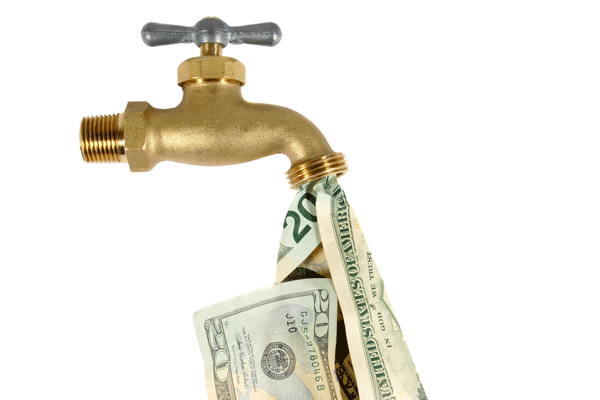
“Creativity, as has been said, consists largely of rearranging what we know in order to find out what we do not know. Hence, to think creatively, we must be able to look afresh at what we normally take for granted.” — George Kneller
sme’s chat with phillip chichoni
It has been described as the “new economy”, “changed economy” and even “a non-economy”, but there is no denying that the Zimbabwean economy is no longer the same as we knew it. Things are changing all the time that it is hard to predict where we are going. Since so many things have changed and keep on changing, how about your business model? Is it still working? Will your business withstand the headwinds?
Very few small business owners take the time to critically examine their business model.
A business model is a description of how your business makes money. Whether you are selling physical goods or services, the business model will decide if or not your enterprise will generate profits and grow. You need to critically examine if your business model is still viable. Here are six tests to guide you whether you should continue with your business model or change it.
Uniqueness
What makes your business stand out from the rest? Uniqueness doesn’t necessarily mean you have to invent something, it just means that you have to set yourself apart from the competition. If you are running a catering company, for instance, what makes your catering service different from the rest? These are tough questions, but important ones. The most successful businesses have a strong, unique concept and a clear identity. Take the time to define yours.
Customer
- Chamisa under fire over US$120K donation
- Mavhunga puts DeMbare into Chibuku quarterfinals
- Pension funds bet on Cabora Bassa oilfields
- Councils defy govt fire tender directive
Keep Reading
Who’s your ideal customer? Knowing who is buying your product or service is vital to your business success — how else will you find new customers if you don’t know who they are? Are you catering for busy professionals, stay-at-home moms, college students, retirees? Define your customer, even if you have to be broad at first. You then refine and narrow that definition so that you target your marketing efforts to the ideal customers rather than wasting time and resources marketing to all and sundry.
Competition
Unless you’re lucky enough to have found a hole in the market, your business will have competitors. Check them out, because your customers are surely doing just that. Competitors can be a great resource to your strategy; you can see how much they charge and what marketing strategy they are using. Ask yourself: how can I do better than the competition? Use your uniqueness identified in step one to find ways to outdo your competitors.
Economic mood
Your business’s success will greatly depend on the economic mood: imagine running a luxury restaurant business during the economic crisis. Gauge the state of the economy and think of how it relates to your business: where are consumers’ minds right now? Are they cutting back, spending more time at home, concerned about the environment? Even an economic downturn can be an opportunity if you can meet the mood of the consumer. If your business model doesn’t fit the current trends in spending, think of ways you can tweak it to tap into today’s needs.
Marketing
Remember step two, where you identified your customer? Now you have to develop a marketing strategy to make sure these potential buyers know about your great business. With today’s internet capacity, marketing can be relatively low-cost, using a website, social media and mailing lists. Brainstorm ideas with your team and friends and look at what your competitors are doing to get new business.
Continuing cash flow
Imagine this: business is booming, you are on a roll and getting in more orders than you ever imagined. But you have to front the money for supplies and other costs, and you’re out of cash — just like that, your business stumbles because you can’t meet demand. This is a classic cash flow problem many businesses are facing today, and one that can be prevented with proper financial planning.
Always have a financial plan for the next six to 12 months so that you know your financial and cash flow position and make plans to take corrective action before you get into a cash crunch. Do not overlook the small details when making your financial plan and cash flow projection; it is the small expenses that have the potential to make or break your business.
Does your business pass the test? If not, find ways to adjust. Use every resource you have available — business journals, websites and blogs or your business consultant to get new ideas so your business can survive and thrive in these trying times.
Remember, you have to keep on innovating and changing with the times if you do not want to be left behind. Until next time, keep on accelerating your growth.
Phillip Chichoni is a consultant who helps SMEs and entrepreneurs build sustainable businesses. You may contact him by email, [email protected]. You can also visit http://smebusinesslink.wordpress.com











